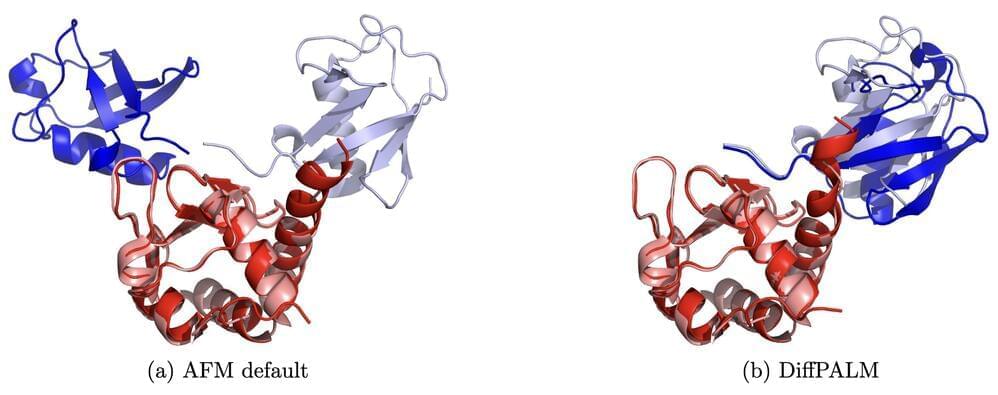Beaubois et al. introduce a real-time biomimetic neural network for biohybrid experiments, providing a tool to study closed-loop applications for neuroscience and neuromorphic-based neuroprostheses.
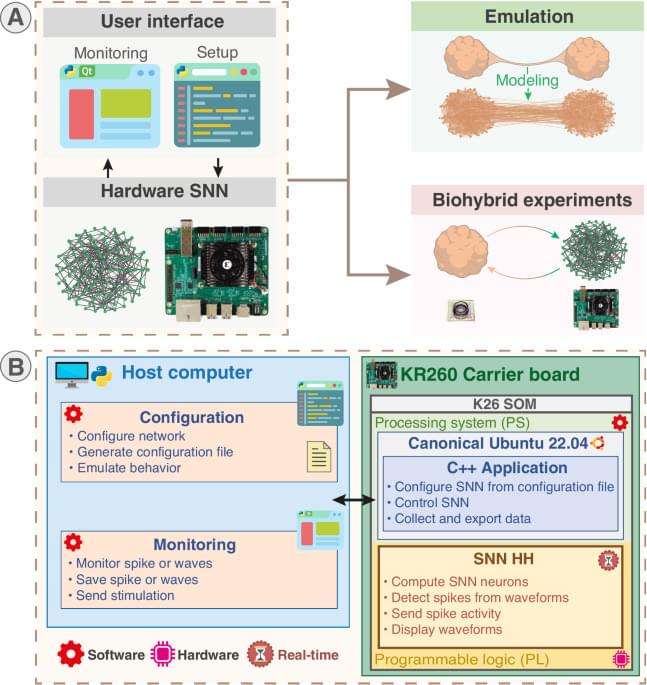

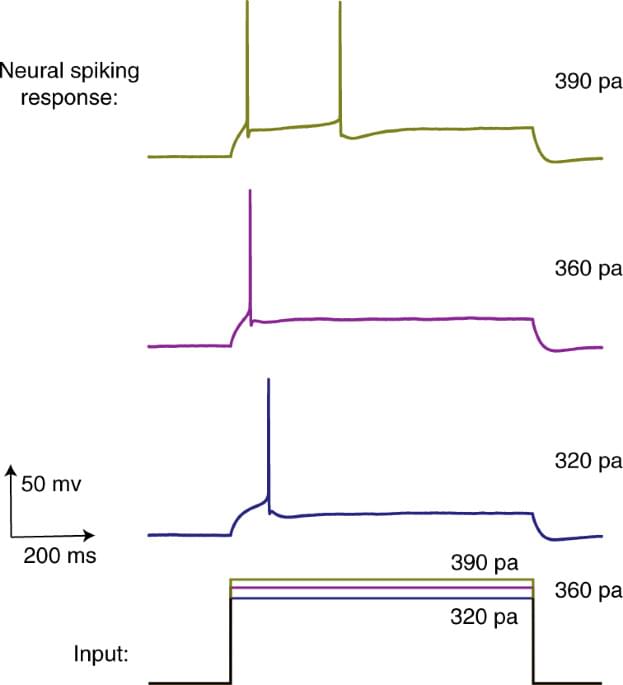
Spiking neural networks could offer a low-energy consuming solution to deep learning applications on the edge and in mobile devices. Using temporal coding, where the timing of spikes carries extra information, a new method efficiently converts conventional artificial neural networks to spiking networks.
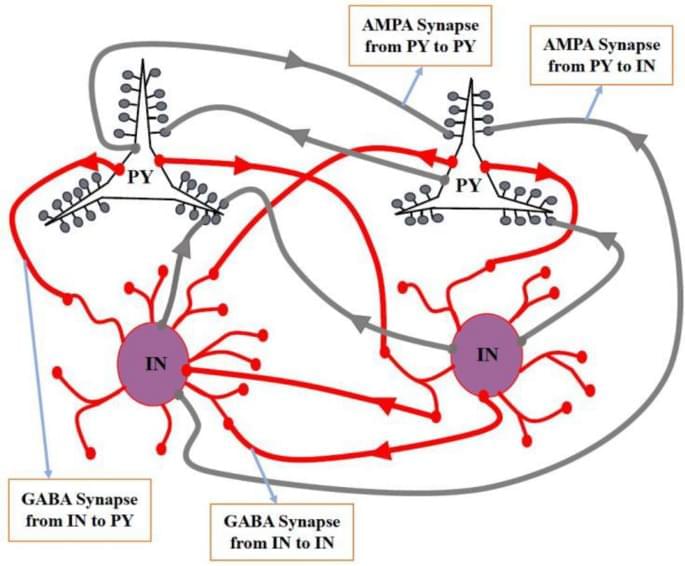
Bahrami, M.K., Nazari, S. Sci Rep 14, 3,388 (2024). https://doi.org/10.1038/s41598-024-54043-7
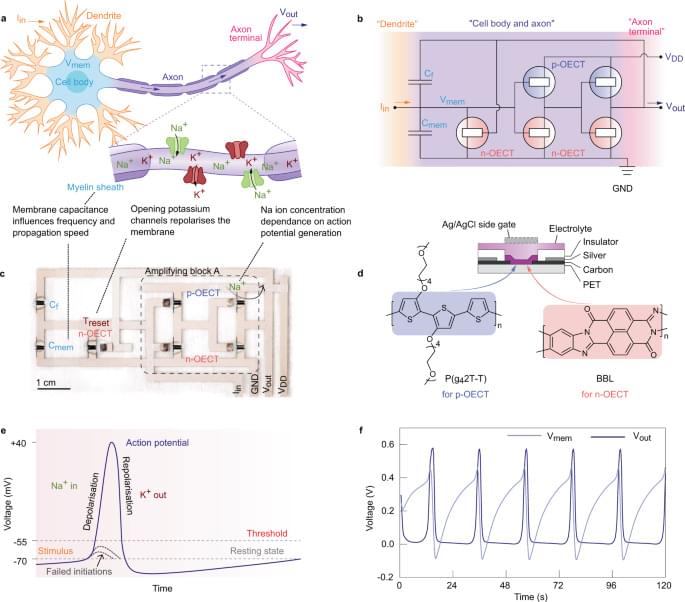
The integration of artificial neuromorphic devices with biological systems plays a fundamental role for future brain-machine interfaces, prosthetics, and intelligent soft robotics. Harikesh et al. demonstrate all-printed organic electrochemical neurons on Venus flytrap that is controlled to open and close.
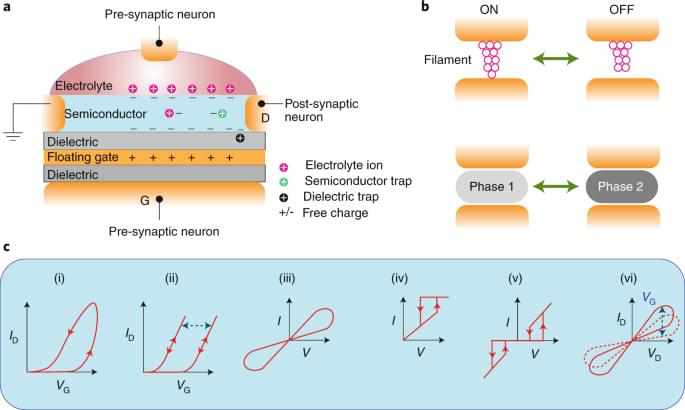
Memristive and nanoionic devices have recently emerged as leading candidates for neuromorphic computing architectures. While top-down fabrication based on conventional bulk materials has enabled many early neuromorphic devices and circuits, bottom-up approaches based on low-dimensional nanomaterials have shown novel device functionality that often better mimics a biological neuron. In addition, the chemical, structural and compositional tunability of low-dimensional nanomaterials coupled with the permutational flexibility enabled by van der Waals heterostructures offers significant opportunities for artificial neural networks. In this Review, we present a critical survey of emerging neuromorphic devices and architectures enabled by quantum dots, metal nanoparticles, polymers, nanotubes, nanowires, two-dimensional layered materials and van der Waals heterojunctions with a particular emphasis on bio-inspired device responses that are uniquely enabled by low-dimensional topology, quantum confinement and interfaces. We also provide a forward-looking perspective on the opportunities and challenges of neuromorphic nanoelectronic materials in comparison with more mature technologies based on traditional bulk electronic materials.

Euler’s Identity:
The most beautiful equation in mathematics that combines five of the most important constants of nature: 0, 1, π, e and i, with the three fundamental operations: addition, multiplication and exponentiation.
It’s mystical.
Euler’s identity is an equality found in mathematics that has been compared to a Shakespearean sonnet and described as “the most beautiful equation.” It is a special case of a foundational equation in complex arithmetic called Euler’s Formula, which the late great physicist Richard Feynman called in his lectures “our jewel” and “the most remarkable formula in mathematics.”
In an interview with the BBC, Prof David Percy of the Institute of Mathematics and its Applications said Euler’s Identity was “a real classic and you can do no better than that … It is simple to look at and yet incredibly profound, it comprises the five most important mathematical constants.”



“SoftBank was founded for what purpose? For what purpose was Masa Son born? It may sound strange, but I think I was born to realize ASI. I am super serious about it.” — Masayoshi Son.
SoftBank Group Corp.’s big-talking founder Masayoshi Son is back, this time with plans to bring about an era of artificial super-intelligence.
